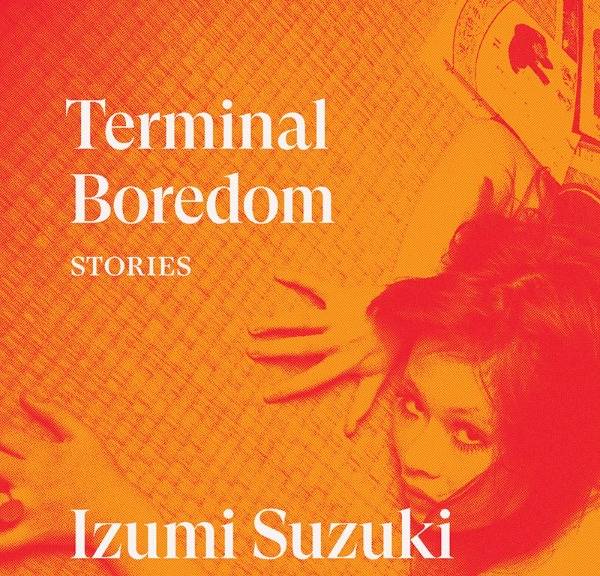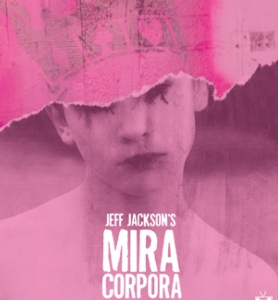Surrealism overlaced with tragedy, darkness penetrated by occasional shafts of light - the dual staging of Strindberg's Dream Play with an exhibition of his paintings at Tate Modern emphasises the contrasts that tormented and dominated his work. These shades are present in both the painting and the drama though there is no sign of lightness in the new production by Caryl Churchill and Katie Mitchell, which plummets into fullscale nightmare.
This performance of Dream Play contains some wonderful dramatic moments and some extraordinary acting, but it doesn't bear much resemblance to Strindberg's original. The presiding genius seems to be Kafka. The structure of Indra's daughter coming down to observe human experience and finding what hell it is has been abandoned. Instead, a broker is turned into the person who is having the dream where it should surely be the author or the audience.
The scenes, which require shifting fluidity, are contained in offices and corridors and the movement of inanimate objects is remarkably handled. In Strindberg's version there is a castle growing on manure by the sea, which is finally burned followed by a flower blooming on the top. One of the exceptional dramatic moments in the new version was when the sea was evoked by the noise and movement of desks. Here and elsewhere the music was very effective, especially that of Schnittke (whose ability to create nightmares should be better known).
The marital strife that is essential in all Strindberg's drama is sidelined to a honeymoon couple who go off to shoot each other. The awful frustration of waiting to meet a woman at the theatre has a nightmare reality . There are moments of ballet as inconsequential as some dream images, made all the more fascinating by the men in tutus.
Born in Stockholm, Strindberg's mother died when he was a teenager, and his father then married the housekeeper. Perhaps we should avoid glib Freudian analyses suggesting that this affected his relationship with women. He separated from his three wives after great conflict and plays such as The Father and Miss Julie harrowingly demonstrate the power struggles and unhappiness at the heart of marriage for Strindberg in life and literature. He came to theatrical success late, despite having written many naturalistic and historical plays. One of his many prose works was Inferno, which aptly delineates parts of his life. Prior to this terrifying document, as a young man, he was an atheist and was prosecuted unsuccessfully for blasphemy. In his later years he turned to occultism and the Swedenborgian religion. He was often on the verge of paranoia and religion could be seen as the ideal paranoid stance, fearing the watching, judging 'other'. Even at this later stage of his life, the theologian in Dream Play, says: "How can I have faith when no one else does? How can I defend a God who doesn't defend his own? It's all nonsense."
When not writing plays, he immersed himself in writing prose, mainly autobiographical, and in the alchemical experiment to create gold. Painting was also an alternative focus for his energies. The exhibition of his pictures and photographs at Tate Modern is an eyeopener. He was a selftaught artist and sometimes used unconventional methods, such as putting paint on manually and burning a mark to make the surface sufficiently black. There are many seascapes. Some have the light but not technique of an impressionist. He was much influenced by time spent in the Swedish archipelago in his youth. We see single plants on a beach (a botanical outsider) cliffs beside water pressing in on the painter, the waves still or tempestuous, reflecting the wild vagaries of his mind.
The production of Dream Play might have had a stronger acknowledgement of the sea. It might have kept a little closer to Strindberg's original. But to sit through this nightmare is quite an experience, and Angus Wright as the broker who is dreaming the dream gives a mindbending performance and the ensemble work is outstanding. One of the characters yells "Oh fuck, I'm still asleep". And it's true at times I did want to wake up. The director and cast have explored sleep and dreams, both Freud and recent neurological research, but given how different the production is from Strindberg's original, I wondered if they should have researched the author a little more.
You might get a greater understanding of Strindberg by visiting the exhibition than the play, even though the play leaves such a strong impression. One of the photographs of Strindberg has the caption "Come on you bastards, let's fight". There we have the real man.
[i]The exhibition 'August Strindberg, Painter, Photographer, Writer' can be seen at Tate Modern until the 15th May and Dream Play can be seen at the National Theatre until 15th May.[/i]

